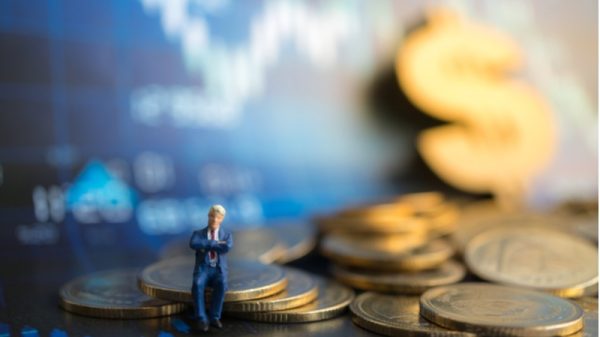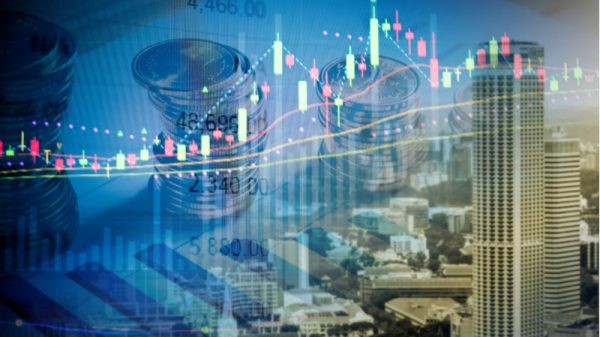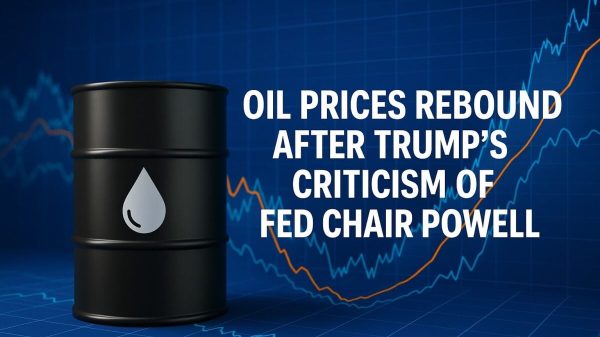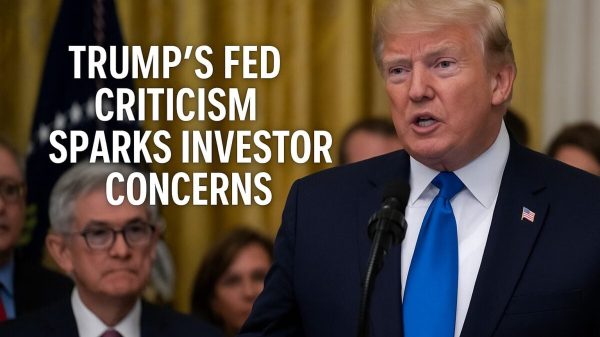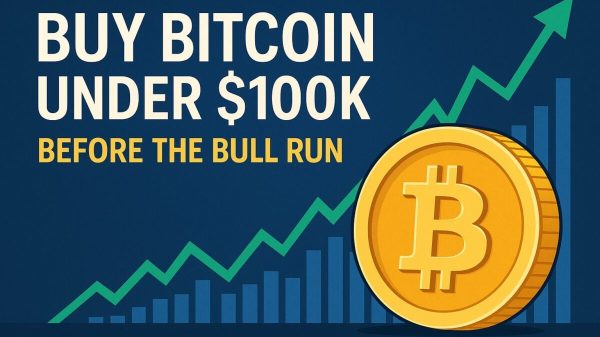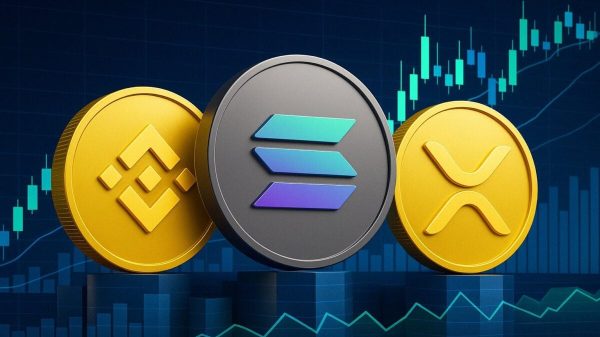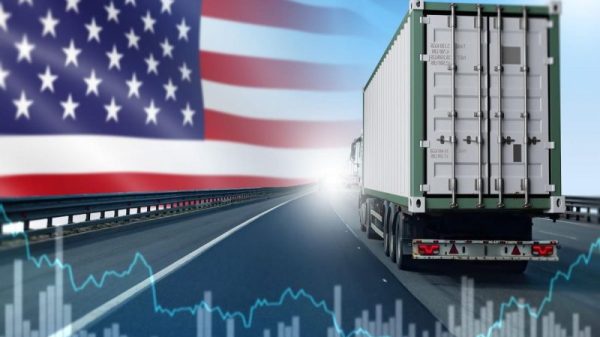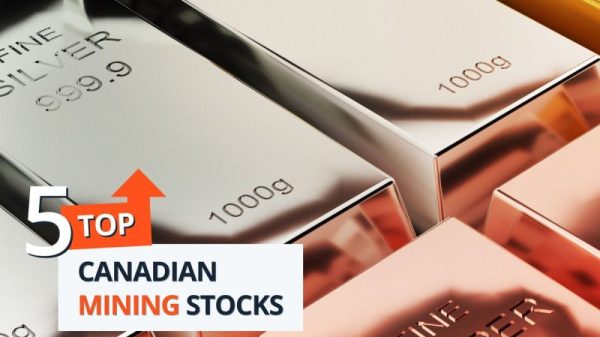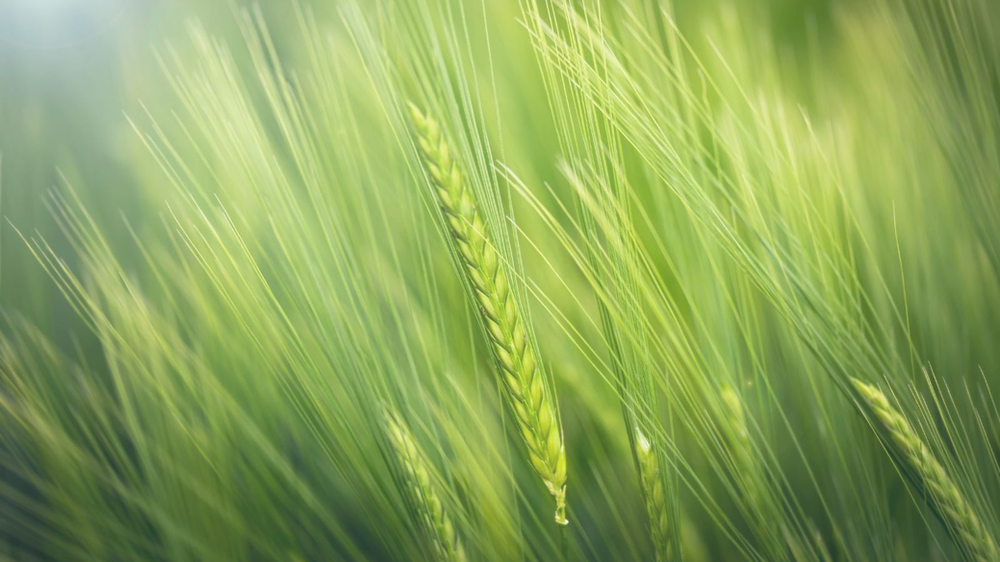Over 770 million tonnes of wheat is produced worldwide every year, with over 40% coming from China, India and Russia. But what is the wheat futures contract and how can you trade it?
Wheat futures are traded by farmers, processors, retailers and traders looking to hedge or speculate on the price of wheat. Read on for more about wheat trading and the wheat futures contract…
What is the wheat futures contract?
In commodity trading, wheat is known as a ‘soft’ commodity, along with ,soybeans, coffee, cocoa, orange juice, ,sugar, corn and cotton. This is in contrast to the ‘hard’ commodities of precious metals and ,energies.
The wheat futures contract allows buyers and sellers to agree on a price for wheat today for delivery at a future date. Its price is an important benchmark used by the wheat market.
Wheat futures contracts are measured in bushels, and the standard contract size is 100 bushels. They are traded globally, but mainly on the Chicago Board of Trade (CBOT) and the NYSE Euronext.
Who trades wheat futures?
There are a number of wheat futures market participants. Wheat producers trade to hedge against the risk of future falling wheat prices, while wheat processors and retailers use wheat futures to lock in the price of wheat they need to purchase.
Wheat traders use wheat futures as they do any other financial instrument, to speculate on price movements in the wheat market in order to make money.
The history of wheat trading
Wheat has been traded for thousands of years, dating back to ancient civilisations such as the Egyptians, Greeks, and Romans.
However, modern wheat futures trading as we know it today began in the 1800s, when the Chicago Board of Trade (CBOT) was established in 1848.
There have been several famous wheat trades throughout history, and one of the most notable was the ‘Great Wheat Pit’ of 1897. This saw a group of traders corner the market for wheat futures on the CBOT. The group, led by Joseph Leiter, bought up large quantities of wheat futures, driving up the price of wheat. However, the corner eventually collapsed, causing a sharp drop in wheat prices.
In 1919, the Kansas City Board of Trade began trading hard red winter wheat futures, which are still traded today.
In 1972, the Soviet Union purchased over 10 million tonnes of wheat from the US. This was the largest single wheat purchase in history, and it had a significant impact on global wheat prices.
The price of wheat futures spiked to record highs in 2008. This was due to a combination of factors, including droughts in major wheat-producing countries, rising demand for biofuels, and speculation by investors. The price of wheat futures eventually fell back down to more normal levels, but the spike in prices had a significant impact on the global food market.
There have been several famous wheat traders throughout history. One of the most notable was Richard Dennis, who was a successful commodities trader in the 1970s and 1980s. Dennis started trading wheat futures in the early 1970s and became known for his aggressive trading style and willingness to take big risks. He eventually made millions of dollars trading wheat and other commodities.
Another famous wheat trader was Paul Tudor Jones, who is known for his successful bets on the 1987 stock market crash and the 1990s Japanese asset bubble. Jones has also traded in the wheat futures market, and his hedge fund has made significant profits from trading agricultural commodities.
Other notable wheat traders include Jim Rogers, who co-founded the Quantum Fund with George Soros and has been a successful investor in commodities, and Larry Williams, who won the World Cup Trading Championship in 1987 by trading wheat futures.
Trading wheat futures
Today, wheat futures are traded globally, and are a good option for those wishing to diversity their risk profile.
There are a variety of ways to do this, and Contracts for Difference (CFDs) is a popular choice. These have the advantage of enabling trading on margin, which allows increased exposure with lower capital.


